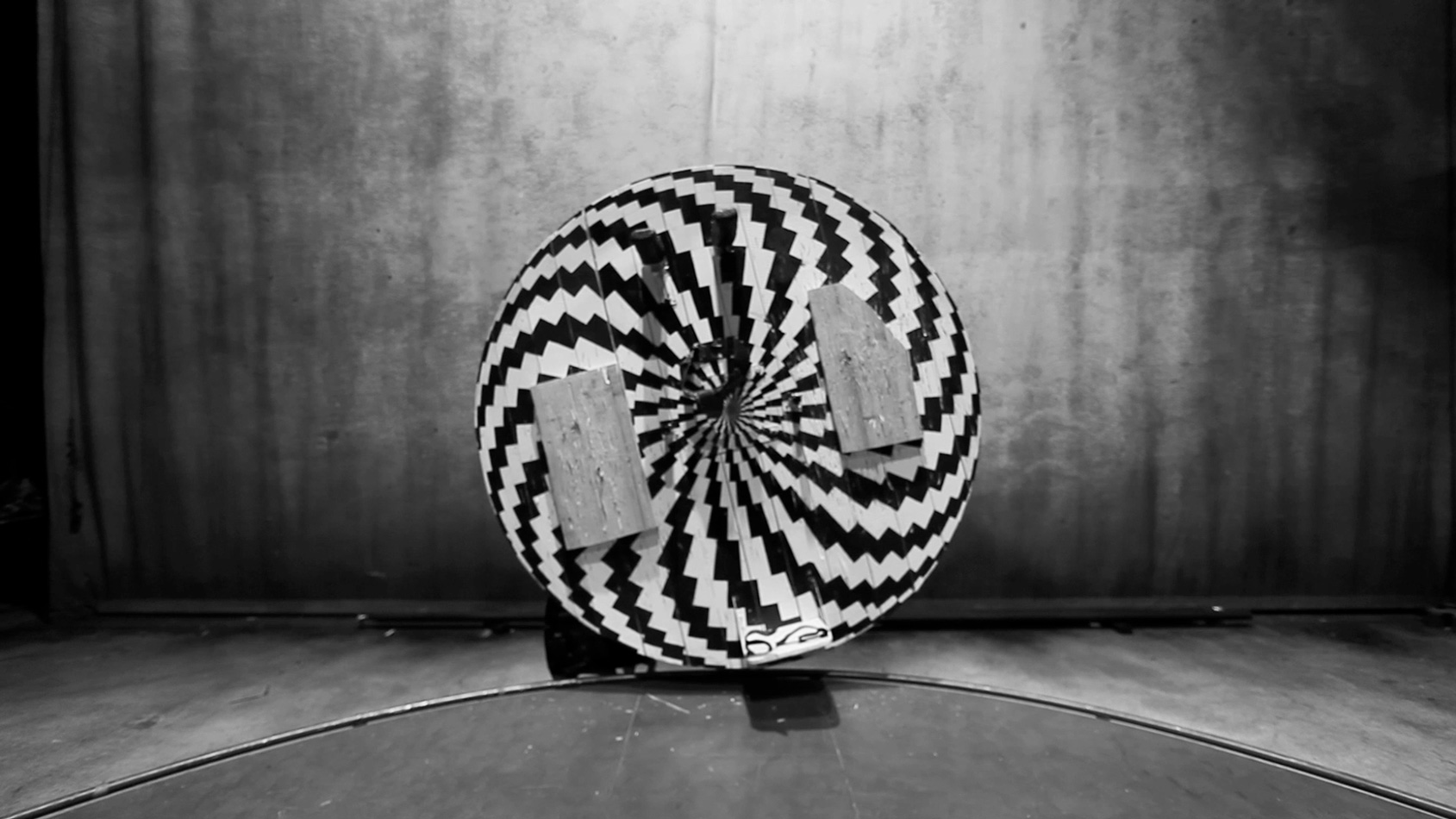| Meteor | Matthias Müller & Christoph Girardet | 2011 | 15:00 min. | |
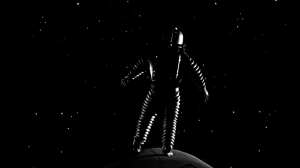 |
A voyage from the children's room to outer space, using elements of feature films, fairy tale moments gone astray and vintage science fiction motifs. Meteor empathises with childlike realms of imagination, accompanying a boy's stages of development towards individuation. The boy sets out on a phantasmatic journey. Conditions of detachment emerge visually against an emotionally charged aria expressing a desperate and futile longing for proximity. Voice-over by John Smith. (IFFR) Christoph Girardet was born in Langenhagen, Germany, on November 24, 1966. He lives and works in Hannover. Girardet has been working in video, film, installation, and photography since 1987. Selected works: 1991 Schwertkampf, 1997 Release, 2001 Scratch, 2002 Absence, 2007 Pianoforte, 2010 Silberwald. Matthias Müller was born in Bielefeld, Germany, on March 29, 1961. He lives and works in Bielefeld and Cologne. Müller has been working in film, video, installation, and photography since 1980. Selected works: 1990 Home Stories, 1994 Alpsee, 1997 Pensão Globo, 1998 Vacancy, 2000 nebel, 2004 Album. |
| L'Arrêt | Gethan & Myles | 2012 | 15:26 min. | |
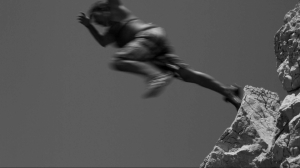 |
L'arrêt is an experimental documentary about suspense, indecision and the choreography of fear. Five young adults from La Bricarde, a housing estate in Marseille's troubled Quartiers Nord, jump from vertiginous limestone cliffs into the Mediterranean. Hovever, the spectacle is not the scenery, or the drama of their fall - but the moments before... Looking beyond the media narratives of gang-violence, drugs and social decay that overshadow these young people's lives - and their futures - 'L'arret' explores the uncertainty we all face as we cross that no-man's-land between child and adult. gethan&myles are an anglo-irish creative partnership based in Marseille, France. As an artistic double-act, collaboration is at the heart of everything they do: not only with each other, but also with the spaces in which they work and the people who occupy them. Giving a voice to communities who are misunderstood or ignored, and expressing the richness of their experience, underpins many of gethan&myles’ projects. Whether working in film, photography, text, sculpture or performance, the 'sublime’ is of little interest to them - what inspires them is the real world and the human beings they share it with. |
| Postface | Frederic Moffet | 2011 | 07:30 min. | |
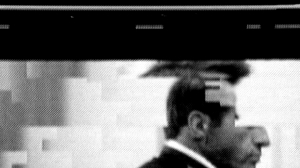 |
In a celebrity-obsessed culture, filmmakers often exploit the downfall of a star to amplify the emotional undertones of the fictional films in which they perform. POSTFACE takes a look back at the filmography of Montgomery Clift whose private life and career spiral downward after a 1956 car crash that left his face scarred and partially paralyzed. Like an actor without a face, the video is an exploration of obsolescence, produced by means of analog tape manipulations. Frédéric Moffet is a media artist, educator, video editor, cultural worker and cat lover. He lives between Montreal and Chicago. His work explores the slippery territory between history, lived experience and fantasy. Some of his projects include: “The Faithful”, “POSTFACE”, “Jean Genet in Chicago” and “Hard Fat”. |
Buffalo Death Mask | Mike Hoolboom | 2013 | 23:00 min. |
|
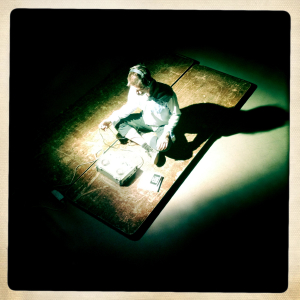 |
A conversation with Canadian artist Stephen Andrews returns us to a pre-cocktail moment, when being HIV+ afforded us the consolation of certainty. “For more than two decades Mike Hoolboom has been one of our foremost artistic witnesses of the plague of the twentieth century, HIV. A personal voice documenting and piercing the clichéd spectrum of Living With AIDS from carnal abjection to incandescent spirituality, no surviving moving image visionary surpasses him. Buffalo Death Mask is a three-part meditation — visual, oral and haptic, both campy and ecstatic — on survival, mourning, memory, love and community. A conversation between Hoolboom and visual artist Stephen Andrews, both long time survivors of the retrovirus, floats over what seems to be a dream of Toronto and some of its ghosts. No one savours the intimations of immortality inherent in recycled footage like Mike, no one else understands how processed Super 8 can answer the question "Why are we still here when so many are gone?" Tom Waugh Mike Hoolboom is a Canadian artist working in film and video. He is the author of three non-fiction books: Plague Years (1998), Fringe Film in Canada (2000) and Practical Dreamers (2008) and one novel The Steve Machine (2008). He is a founding member of the Pleasure Dome screening collective, and has worked as the artistic director of the Images Festival and the experimental film co-ordinator at Canadian Filmmakers Distribution Centre. His films and videos have won more than thirty international prizes, two lifetime achievement awards and he has enjoyed twelve international retrospectives of his work. He is the winner of the Bell Award for Video Art (2009) and the Tom Berner Award for community service. |
Intermorior | Simon Mullan | 2011 | 02:00 min. |
|
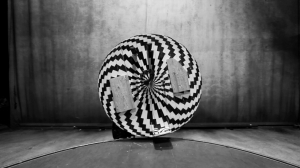 |
Produced in Stockholm with one of the last remaining knife throwers worldwide. The artist becomes the focus and he is also the target. Mullan chooses to be subjected to an old ritualistic fairground act. Central to the piece is the two man facing each other in their roles and respective professions. The performance is punctuated by the rhythm of the knives piercing into the turn table also known as the “wheel of death”. The artist is deliberately encountering a feeling of mortality, total helplessness and compliance while there is an anticipation felt from him as well as the viewer. Curiosity and arousal of the ten knives being thrown ceremoniously and intermittently at the artist transport the viewer into the artists place. With the fortuitous outcome a sense of relief is felt at the end of the performance. Simon Mullan is searching in all his work for the point of no return. He is also addressing the questions of masculinity, machoism, innate fear and pathos. Simon Mullan lives and works in Stockholm and in Vienna. He was born in 1981 in Kiel, Germany. He grew up with four brothers and sisters in Austria, in Vienna. He has been studying at he Applied Arts University of Vienna in the transmedial program with Brigit Kowanz, and has then followed the one year study program at the Royal Fine Arts University in the video department. During his art studies, he has developed a very strong interest for video, which is between motion picture and instant photography. A the end of his studies, having been studying with Harun Farocki and Ruth Noak, he has found a very peculiar aesthetic for his video work. Since then, he has made sevral movies dealing espacially with social questions, such as handicaped people life or the fate of immigrants in Vienna. His works are often simple and are characterized by brief stances, often ironic and humoristic. |
| Mrs. Tadd's visit | Tamar Latzman | 2012 | 08:53 min. | |
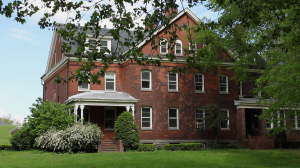 |
Margaret Tadd was one of several female models photographed by Eadweard Muybridge for his 1884 locomotion study, “The Human Figure in Motion”. While Muybridge’s work has attained an iconic status in the histories of still and moving image photography, the figures that populate this series remain largely unknown. Muybridge's published plates do not identify any of his models, and contain only reference numbers and descriptions of their physical actions. Mrs. Tadd’s visit is a single channel video work with fictional testimonials from Mrs. Tadd’s point of view delivered by the artist detailing her experience working with Muybridge. The work was shot on Governors Island, with support from the S.I.P and the LMCC Swing Space Residency. Tamar Latzman works in the media of video installations and still photography. She received her MFA from the School of Visual Arts in 2010. In her work, Latzman questions the construction of social memory and cultural stereotypes. By blending past and present, Latzman creates personal, lyrical, and subtly humorous world of storytelling. Her work troubles aesthetic distinctions such as those between still and moving images, and between the textual and visual media. She is the recipient of the Shpilman Institute for Photography's Grant for Individuals (2012), the Nerken Scholarship Fund of UJA-Federation of New York (2009, 2010), and the Sharet Scholarship for young artists from the America-Israel Cultural Foundation (2004-2005). |
| Tomorrow Everything Will Be Alright | Akram Zaatari | 2012 | 07:00 min. | |
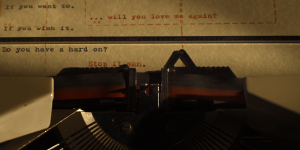 |
An evening online chat is constructed around a shot of the last sunset in the millennium. An eternal story of love and separation. An iconic story of love, loss and longing unfolds through an intense exchange of thoughts between two persons, one evening. An unsettling use of communication, recording, and writing makes the film fluctuate between a dream, a script, and an exchange of love that everyone longs for. Akram Zaatari. Born in Saida (Lebanon) in 1966. Lives and works in Beirut. Zaatari received a Bachelor’s degree in Architecture from the American University of Beirut in 1989, and a Master’s degree in Media Studies from the New School for Social Research in NY in 1995. He worked at Future Television in Beirut between 1995-1997 where he produced most of his early videos. His departure from television coincided with his co-founding of the Arab Image Foundation through which he developed his study project on photography and his ideas on collecting as an art practice. Zaatari’s work shows particular attention to the idea of desire and the human body, and to sexual practices among men. |
